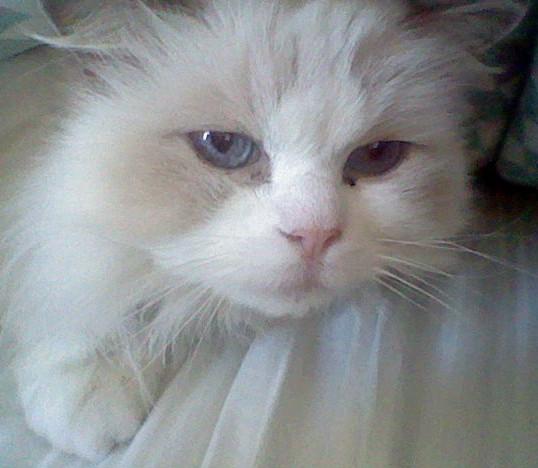Introduction
It’s that time of year again! The last year (2023) has finally come to a close, and 2024 has begun! 😃 What surprises will we have now in the new year? How do I cope with the celebrations? This blog post covers how we celebrate the New Year, and how this wonderful event affects me.
How the New Year’s Eve celebrations affect me
Because autism amplifies the 5 senses (touch, taste, smell, sight, hearing), individuals with autism usually will tend to have a very difficult time coping with loud situations and celebrations.
This means that I experience the world in a different way than from the average person. In my experience, the 5 senses are amplified, however the sense of hearing for me is amplified the most.
This amplified, or elevated sense of hearing is known as hyperacusis. 🎧
In Australia, fireworks are often used to celebrate the arrival of a New Year. They are made from gunpowder, which when ignited, explodes, creating the loud bang you hear in the sky at night. Hyperacusis makes coping with fireworks very difficult for me, as the sudden, loud bangs which I perceive as much louder than the average person, makes fireworks very disruptive to my autism. 🎆
Foods eaten on New Year’s Eve
New Year’s Eve also means that I get to celebrate the event by eating and drinking my favourite foods and drinks, and these all include Coca-Cola, hot chips (fries in American English), blocks of Cadbury chocolate, chocolate ice cream, and also a sweet alcoholic beverage known as moscato, which is a variant of wine. 🍷 We also enjoy crisps on New Year’s Eve. 🍟
How we celebrate the coming year
In my home from 9pm onwards, we will sometimes watch a DVD movie that my carer or I select to watch randomly from our basket of DVDs. 🧺 This family tradition of watching DVDs just before the New Year arrives is called Movie Night, and is always an enjoyable experience for both my carer and I. Sometimes, Movie Night is just the two of us.
I often choose to play a game on my handheld game console as a way of celebrating, and enjoy games on my computer (iMac) to celebrate.
On New Year’s Day, my carer & I enjoy a celebratory menu for the day, which I select.
How the New Year’s Day celebrations also affect me
The increased amounts of tourism result in large amounts of noise which I find very disturbing, and this causes me to seek out alternative locations that are quieter.
I usually tend to stay home to celebrate with my carer, as finding a quiet public place both around the countryside and the city can be nearly impossible due to how lively some Australian towns get for the Christmas and New Year holidays.
New Year’s Day and Christmas are the times I find it the most stressful when visiting Goolwa & Victor Harbor, as the tourism is at it’s peak. Goolwa and Victor Harbor are two neighbouring townships. (Goolwa is a riverside town by the Murray Mouth in South Australia, and Victor Harbor is a seaside town).
Fireworks animation made with Blender
Enjoy this stunning animation of fireworks I created with the 3D modelling software Blender (version 4.0.2). Copyright © Zachary Wright. 🎆
Princess Lilli Lilac

Princess Lilli Lilac wishes you all a happy New Year. 😺 We have been inseparable since the day we first got her, and we love each other very much. 👑💜
Conclusion
Let’s hope the new year can bring us cheers and good fortune. See you on the next blog post. 🗞
